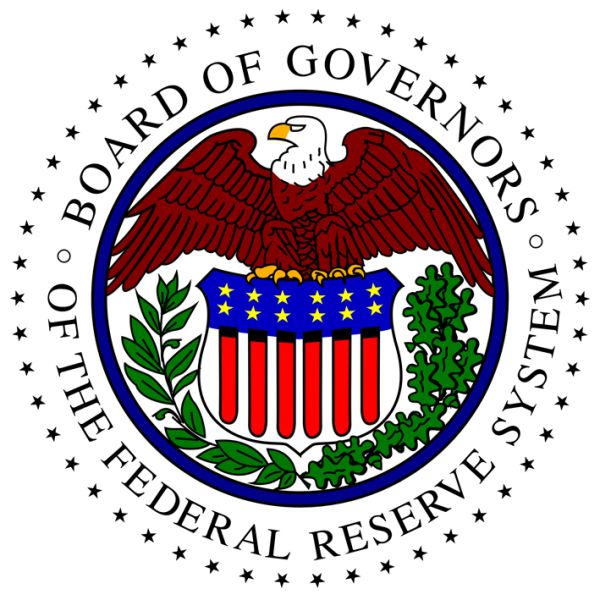The Impact of The Federal Reserve Interest Rate Cut

The Federal Reserve cut its benchmark interest rate by half a percentage point, with a shift from its focus on controlling inflation to supporting the job market. This is the first rate cut since 2020, and the Federal Reserve anticipates further reductions this year and next. Inflation has slowed to 2.5%, down from a high of 9.1% in 2022, but job growth is also weakening, with unemployment rising to 4.2%. While the rate cuts will make borrowing cheaper and boost economic growth, they may reduce returns for savers. The timing of the cuts is politically significant, but Fed Chair Jerome Powell emphasized that their decisions are made independently of politics.
Let’s dive into the impact of the Federal Reserve’s interest rate cut and explore how it could reshape the economy. From lowering borrowing costs to reducing savings yields, this move is set to influence everything from mortgages to auto loans and credit card debt.
Will There Be Another Interest Rate Cut?
Yes! The Federal Reserve is expected to cut interest rates again this year. The Federal Open Market Committee (FOMC) forecasts a further reduction of half a percentage point by the end of 2024. While experts believe at least one more rate cut is likely, they caution that future cuts depend on economic conditions, such as inflation and unemployment. If inflation spikes or unemployment falls, the Federal Reserve might pause or adjust its plans. However, if the job market weakens further, the Federal Reserve could move faster with additional cuts.
How Might The Housing Market Be affected?

- Small drop in mortgage rates: The Federal Reserve’s rate cut slightly lowered mortgage rates to 6.2%, but further reductions are expected to be minimal.
- Higher home prices: Lower rates may increase buyer competition, pushing home prices higher and making it harder for first-time buyers.
- More housing supply: Easier financing for builders could lead to more homes being built, helping to ease price pressure over time.
- Affordability remains an issue: Despite lower rates, high home prices and limited inventory will keep housing affordability a challenge.
Visual of the decline in Morgage Rates

More Impact on Everyday Life
- Savers: Lower interest rates will gradually reduce yields on savings accounts and CDs. Experts suggest being cautious with financial decisions and considering long-term CDs or high-yield savings accounts to maintain decent returns.
- Borrowing and Debt: While the Federal Reserve’s rate cuts will eventually lead to lower borrowing costs, especially for credit cards, the immediate impact is minimal. Consolidating debt with low-interest options could have a bigger effect.
- Auto Loans: Falling rates will benefit auto loan borrowers, but those with lower credit scores may still face high rates. Shopping around for the best loan terms is advised, and rates are expected to decrease further with additional Federal Reserve cuts.
- Economic Outlook: Inflation is decreasing, and the job market remains resilient, with slight improvements in hiring and unemployment rates. Future Federal Reserve rate cuts will depend on continued trends in inflation and employment.
Final Reflections
The Federal Reserve’s interest rate cut is shaking things up by providing cheaper borrowing and new opportunities for homebuyers and savers alike. While mortgage rates are expected to fall slightly, housing affordability might still be tricky as home prices could rise. On the bright side, if you’re planning to buy a car or refinance debt, lower rates will offer some relief. As we observe inflation cool and the economy shift, the Federal Reserve’s future decisions will continue to shape our financial landscape!









